Atlantic Canada's radio pioneer: Fredericton's CFNB went on the air 100 years ago
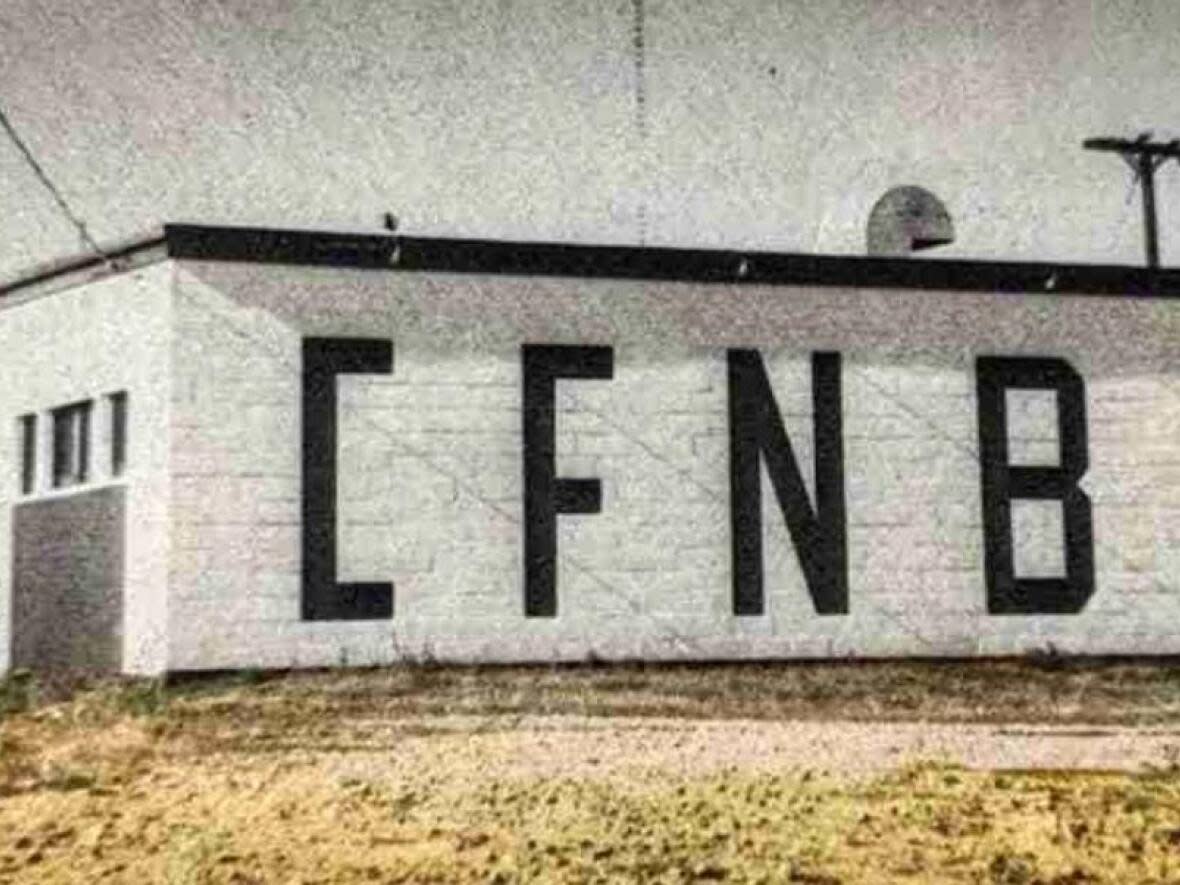
When Fredericton businessman J. Stewart Neill began to experiment with a small radio transmitter in his home, it's likely some of his friends and neighbours labelled him a dreamer.
The year was 1922, and there were only a few functioning commercial radio stations in Canada, with none in Atlantic Canada.
The federal government had only begun regulating radio that summer, and it wasn't long before the hardware-store owner forked over the five dollars it cost to purchase an amateur radio transmitter licence.
Neill was given the call letters 10AD, and his 10-watt transmitter took up a substantial amount of room in his home's parlour on Waterloo Row.
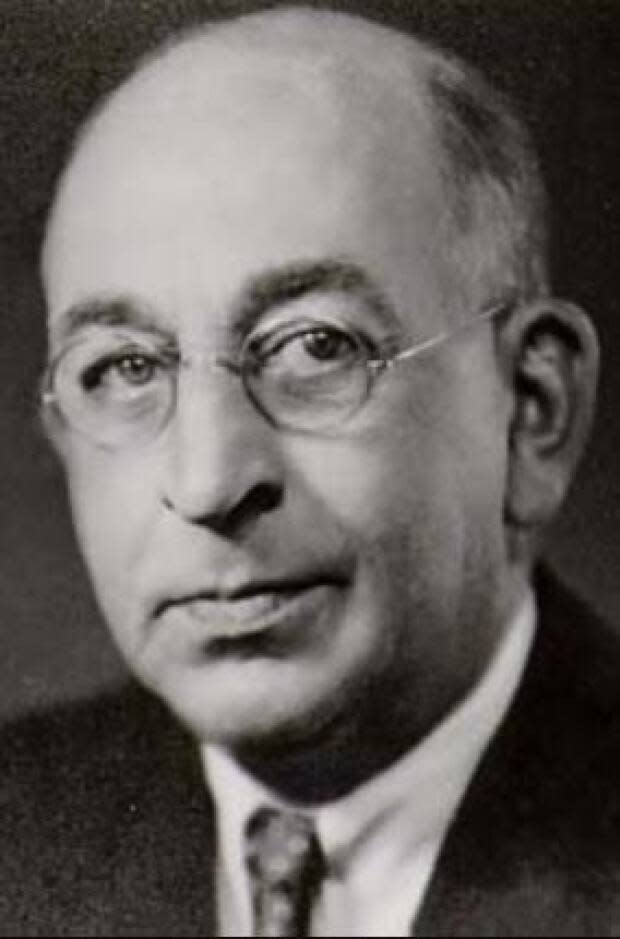
Outside, he installed a 10-metre mast on the roof of his house and a second 20-metre mast in the backyard, which were connected by a four-strand aerial array.
On Jan. 12, 1923, he turned on his transmitter and began to broadcast for the first time.
Small audience
Neill wasn't broadcasting to a big audience, just a handful of people who lived near his home.
Few New Brunswickers could afford a radio receiver, let alone had a reason to buy one in a community with no radio being transmitted.
So Neill began with just a few hours of programming a day, consisting of commentary and news he performed himself and music from a gramophone record player.
In an edition of Canadian Broadcaster dated Jan. 23, 1958, CFNB's then-station manager, Jack Fenety, related an early story of Neill's broadcast experiences.
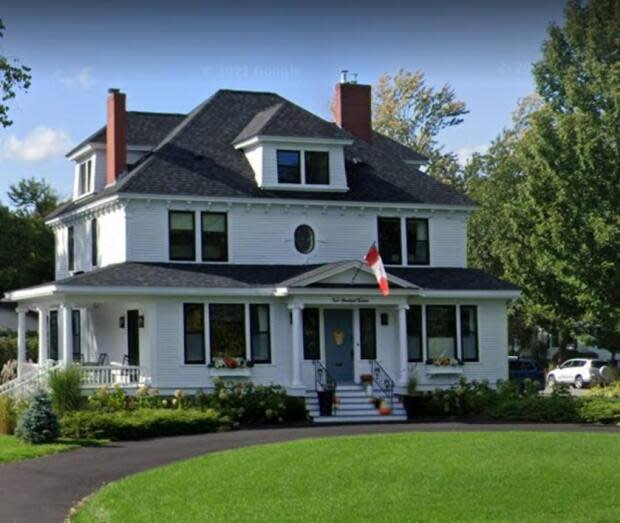
One day his listeners were suddenly greeted with dead air in the middle of a broadcast.
"Only when the family telephone started to ring," Fenety wrote, "and the half-dozen radio homes reported the break in the program, did the Neill family discover that the head of the house lay prostrate on the floor."
Neill had apparently fainted, the microphone still open beside him.
Having a radio station in your home wasn't easy for the family. They were sworn to silence when the radio was transmitting, learning to communicate using sign language.
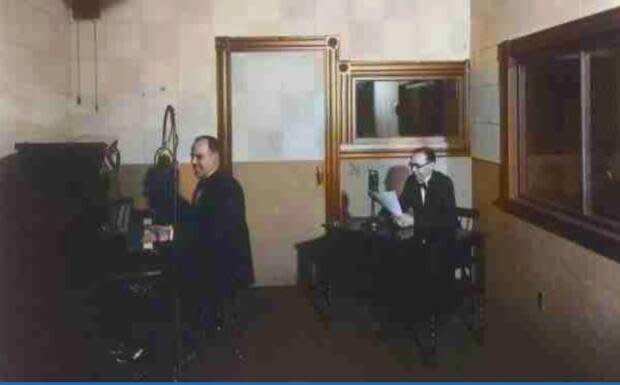
As the station increased in power and moved from an amateur to a commercial station, Neill hired an engineer and another announcer, and the family often had extra mouths to feed at the breakfast table.
The hours of operation expanded, with a mid-afternoon break at 3 p.m. each day to allow the transmitter batteries to recharge for the evening programming.
That meant longer imposed silences for Neill's wife and two children.
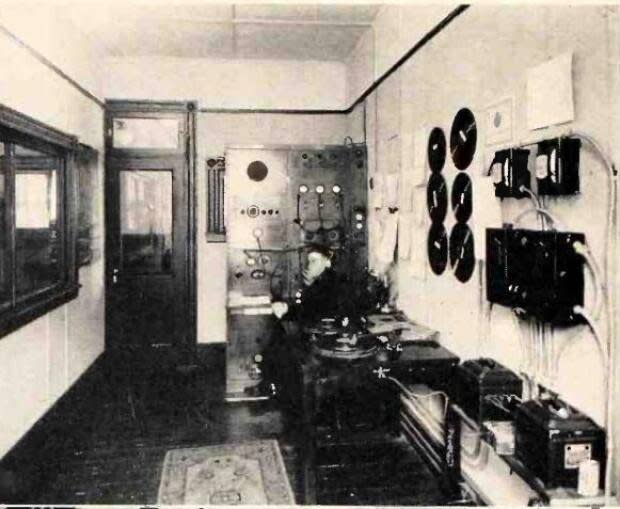
Eventually, Neill persuaded both the provincial and federal governments' agriculture departments to buy advertising on his station, the first paid advertising on what was now known as CFNB.
By now it was clear the station had outgrown the house.
Moving out
In 1926, he moved it to 67 York St. and then in 1927 to the upper floor of the building at Queen and York streets where the Neill family had moved their hardware store and associated other businesses.
Decades of growth followed, with increasingly powerful transmitters. CFNB started in its new location at 50 watts, by 1931 it was 100, 500 watts in 1932 and 1,000 watts by 1935.
In 1936, the station became the first CBC affiliate in the region.
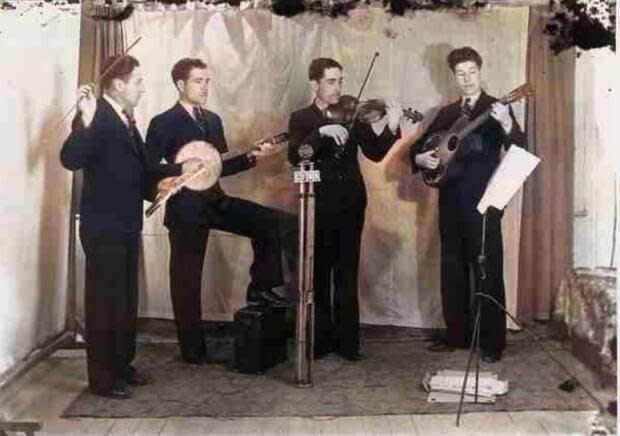
It also produced its first star broadcaster.
In 1935, Neill heard a script on air that was written by a young school teacher from Devon Secondary School.
He immediately offered Mary Grannan a chance to write her own show.
She wrote and starred in two: Aggravatin' Agatha, twice a week, and a weekly show called Musical Scrapbook.
In July 1939, she accepted a job with CBC, and began producing Just Mary, a children's program that became an immediate hit across the country.
Soon, she would become director of CBC's children's programming, develop several other programs, write five bestselling children's books and eventually take Just Mary to television.
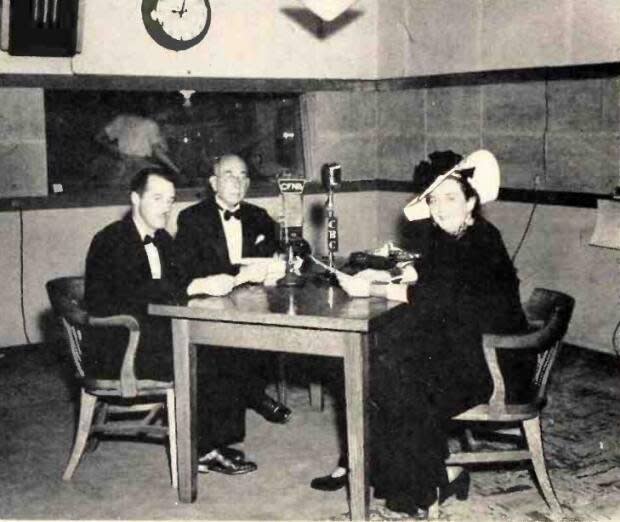
In 1945, Stewart Neill began to hand over operation of the station to his son Malcolm, who left his executive position at CBC to take over the reins.
At about the same time, one of CFNB's most popular personalities joined the station, announcer Jack Fenety.
Fenety was the host of the morning show Fact & Fancy, which went on the air in September 1947 and ran until his retirement in 1988, after almost 13,000 episodes.
It was an odd program by today's standards, a mixture of household hints, recipes, trivia, poetry and prayer aimed at a female audience.
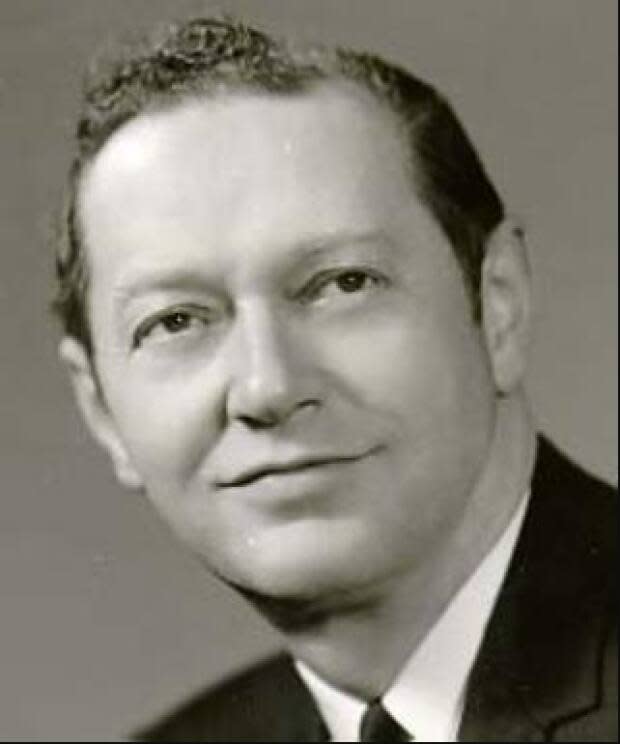
Roy Geldart, who joined the CFNB crew in 1965 as a 21-year-old DJ, said its success sometimes puzzled the other staff members.
"We thought it was mainly Fact & Fahrenheit, " Geldart recalled in a phone interview from his British Columbia home.
"Jack would talk about the weather continuously for an hour. … The show would start off with his theme song and he says 'Good morning, ladies. Fredericton's weather is …' It just starts off like that and it went continuous, talking about the weather.
"He would call up the weather office at the airport in Fredericton and talk to them about what the weather is going to do and then, no matter what the weatherman said, Jack would have his own opinion on it."
"It was really hometown radio.
"The topic was what's going on around Fredericton. But at the same time, it was popular."
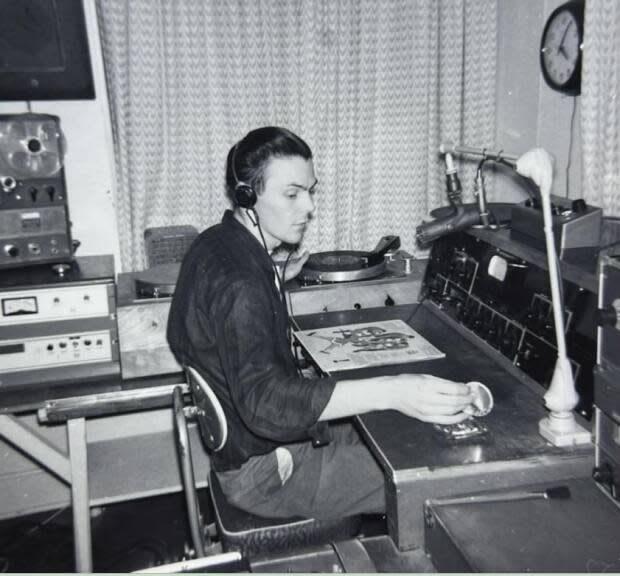
Geldart, who began as an evening and overnight disc jockey, said CFNB was a good place to learn the business.
"Unless you really went over the edge … you would be given pretty much a free hand to say and do what you want," he said.
"We weren't tight-formatted, music-wise. You could pick your own music. In fact you had to pick your own music, pretty much."
The station played a lot of country, easy listening, and some pop and rock 'n' roll at various times through a 24-hour broadcast day, which was also a rarity in the region in the 1960s.
It also offered a chance to be heard by a wide audience. By the 1960s, at 50,000 watts, CFNB was the most powerful transmitting station in Atlantic Canada, and one of the most powerful in Canada.
Geldart said it could be heard in St. John's, N.L.
It was attracting more than 50,000 daily listeners in 1960.
But the business was changing. In 1964, CBC launched its own station in Fredericton, ending its affiliation with CFNB.
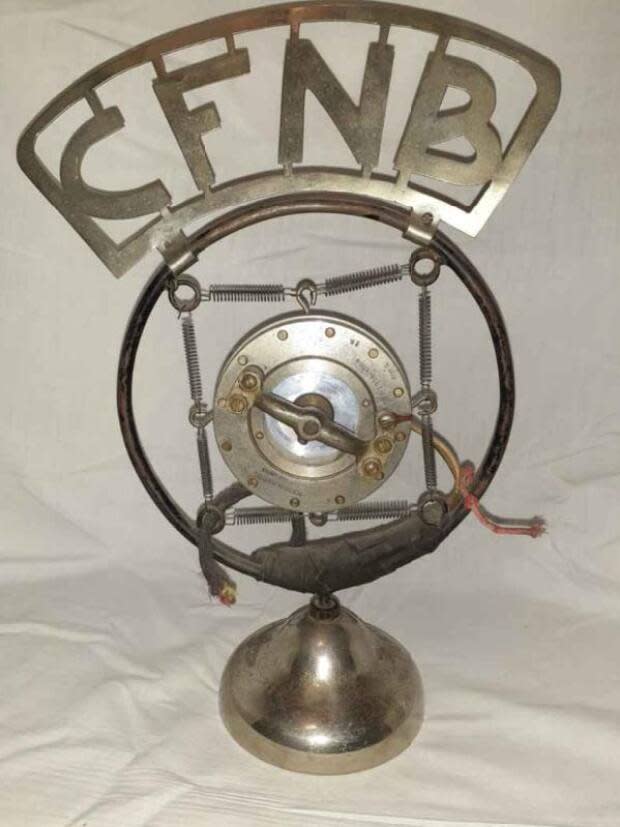
The Neill family held onto the station through the 1970s, having moved to a new location on Hanwell Road. In 1982, Malcolm Neill sold the station his father created.
The sale came as private radio was facing decades of downsizing and mergers.
By the mid-1990s, the station had merged with two other local stations and moved to Rookwood Avenue.
In 1996, the station was given permission to switch from an AM signal to FM.
On June 11 of that year, CFNB 550 signed off after 73 years on the air, and Atlantic Canada's oldest radio station disappeared.


